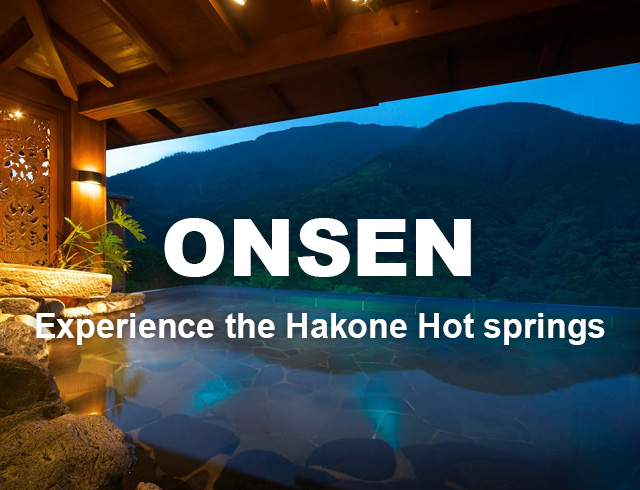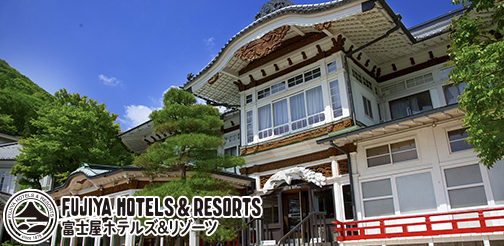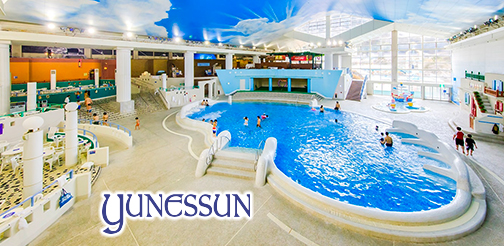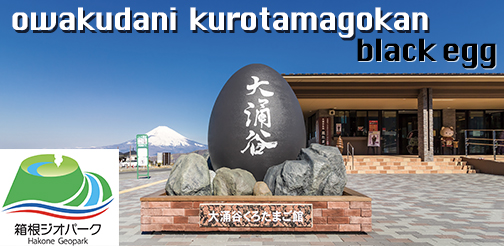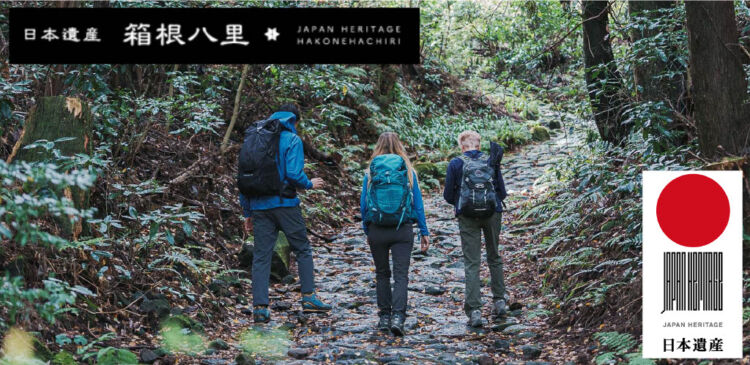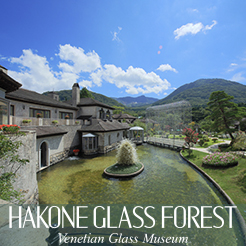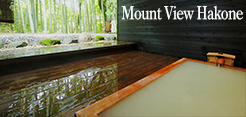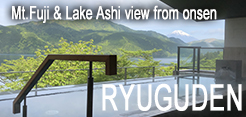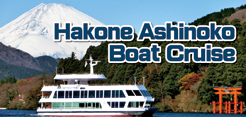The Science of Onsen
Onsen have had a long and closely connected history to the Japanese people. Geologically Japan is one of the few places in the world that lies on the intersection of four tectonic plates. The Eurasian Plate, North American Plate, Pacific Plate, and Phillipene Plate all run under Japan. It is because of the movement of these plates that Japan is prone to earthquakes, tsunami, and volcanic eruption. It is also the reason there are so many onsen in the nation. There are said to be about 20,000 hot spring locations in Japan.
Onsen are created when water seeps below the earth and collects in aquifers. These pools of water are heated by the close proximity to magma. This hotter and less dense water rises to the surface, rising through the cracks in the earth to come out and named hot springs. This heated water can come out through geysers, mud pits, and hot springs. The temperature at which the water leaves the spring depends on a number of factors, including the depth of the heat source, distance the water must travel, and the quantity of cool water it mixes with on its way up. Japan has the right geological features that make it the perfect place to enjoy a hot spring. Hakone discharges about 22,500 liters per minute!
The Japanese word for hot spring is onsen is made of two kanji, 温泉. The first character 温 means warm and the second character 泉 means water spring. The onsen in Japan have different physical properties with different effects on the body. Some of the different elements found in different onse include sulphur, sodium chloride, hydrogen sulfide, iron, calcium, and more. The onsen water gets its mineral content from the type or rock and area it is produced. Hakone is especially interesting even in Japan because of the variety of onsen you can enjoy in the area. Hakone has even been called an “onsen theme park” for the number of different onsen you can try. From the milky white sulfur rich waters of Sengokuhara to the clear high alkaline waters of Yumoto, there is plenty to try.
Hakone`s location also plays an important part in understanding the reason for onsen and insight into the history of the planet. Hakone itself is essentially a grouping of dormant volcanoes. Many people are familiar with the iconic shape of Mt. Fuji, which is right next to Hakone. Volcanic activity in the area dates back 40,000 years with the most recent eruptions taking place about 3000 years ago. Within Hakone there are 17 designated onsen areas!

